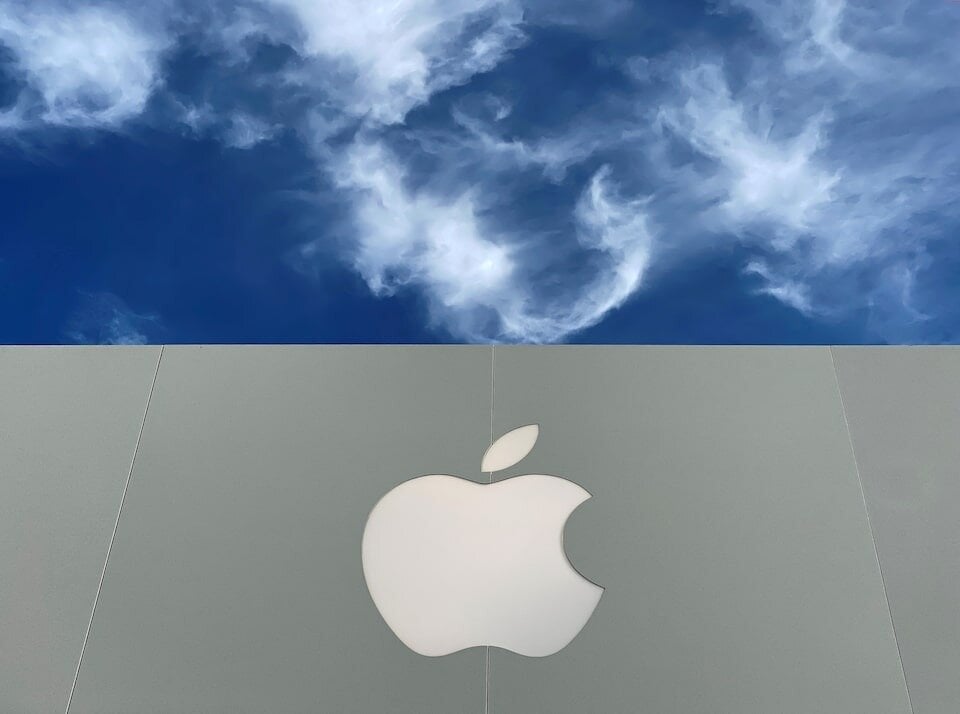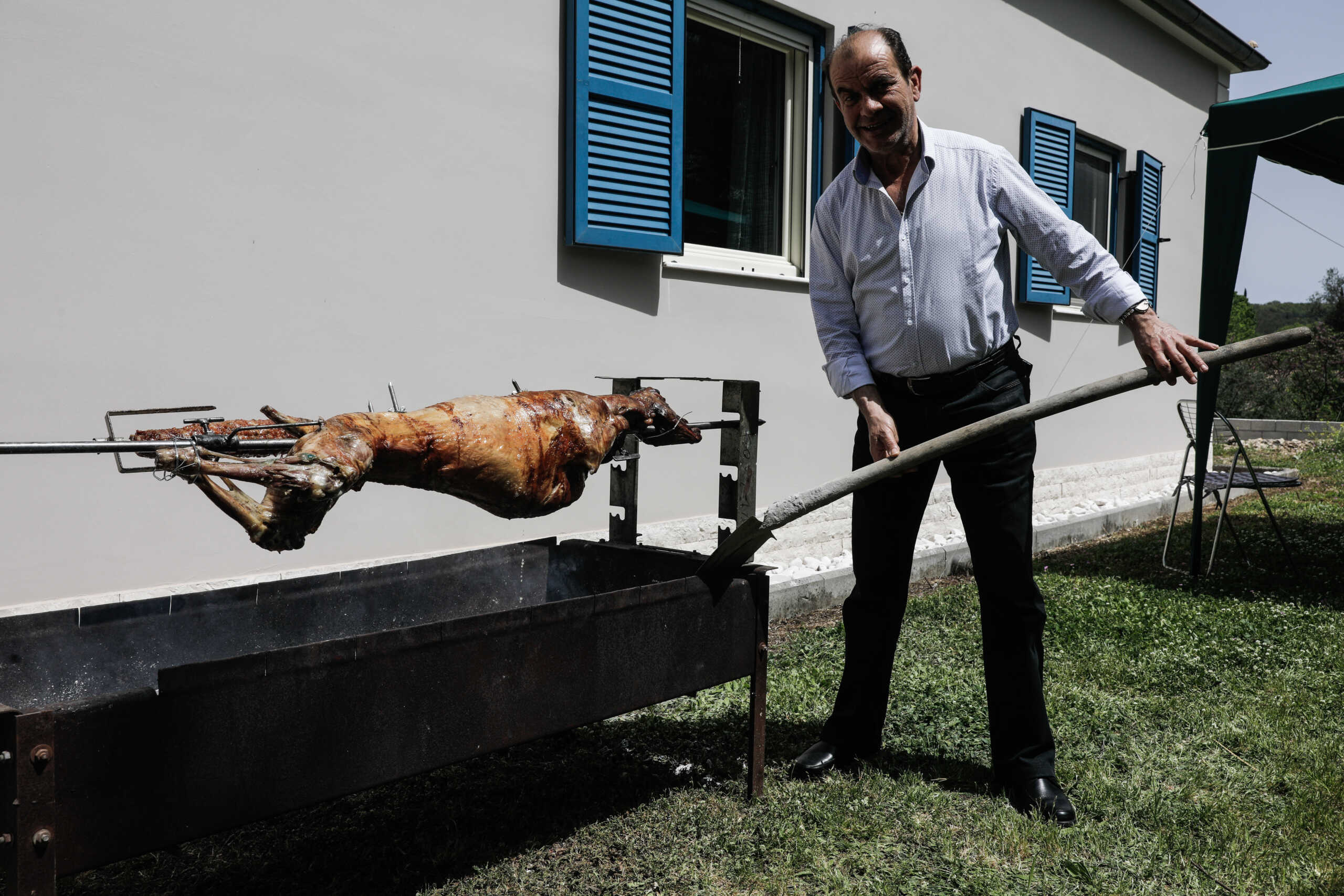In January and February, central banks combined bought 125 tons of the yellow metal, the most since banks became net buyers in 2010.
The price of gold marked the 10th anniversary of its April 2013 crash by hitting a weekly high of $2,025 an ounce on the London wholesale market on Wednesday, above the key $2,000 level for the fifth consecutive day, just $50 off its August 2020 high. New US data showed that headline inflation in the world’s largest economy slowed more than expected, boosting bets that the Federal Reserve will raise interest rates.
Meanwhile, central banks hoarded gold at the fastest pace ever in the first two months of 2023, according to a report by the World Gold Council (WGC). In January and February, central banks bought a combined 125 tonnes of the metal, the highest amount in the year-to-date period since banks became net buyers in 2010.
The countries that recorded the largest purchases in the first two months were Singapore (51.4 tons), Turkey (45.5 tons), China (39.8 tons), Russia (31.1 tons) and India (2.8 tons). Russia’s central bank issued an update to its gold holdings for the first time in about a year, so it’s likely that 31.1 tons accumulated over several months rather than January and February.
Meanwhile, very few central banks have reduced their gold holdings. Net sellers were Kazakhstan, Uzbekistan, Croatia and the United Arab Emirates (UAE), although year-to-date purchases were more than budget sales.
BRICS countries will continue to be major buyers
If you look at the list of net buyers, you will notice that three of them are members of the BRICS countries (Brazil, Russia, India, China and South Africa). For the first time, the share of the BRICS countries in the global economy has exceeded that of the G7 countries (Canada, France, Germany, Italy, Japan, the United Kingdom and the United States), on a par-to-purchase basis.
Gold plays an important role in multipolarity. The BRICS countries need the precious metal to support their currencies and move away from the US dollar, which has been the world’s foreign exchange reserve currency for nearly a century. More and more global trade is now being conducted in Chinese Yuan, and there are reports that the BRICS countries, which may eventually include other major emerging economies such as Saudi Arabia, Iran, and others, are developing their own means of payment.
If this is indeed the case, investors are likely to increase their exposure to gold and gold mining companies. Gold is a finite resource. Producing more is expensive and time consuming. At the same time, the BRICS countries will continue to be net buyers as they seek to distance themselves from the dollar.
Positive and net flows into gold-backed ETFs
Net inflows into gold-backed ETFs turned positive in March after 10 consecutive months of outflows as the price of the metal began to surge to a new record high. Investors added nearly 1 million ounces to all physical gold ETFs in March, the largest monthly increase since March 2022, when investors added 1.4 million ounces. As of March 31, gold inventories totaled 93.2 million ounces, according to Bloomberg. (One troy ounce equals 31.103 grams.)
With weak economic news, persistent inflation, rising interest rates, banking sector volatility, and geopolitical tension, gold is witnessing strong supply, as it tries to reach a new all-time high.

“Avid problem solver. Extreme social media junkie. Beer buff. Coffee guru. Internet geek. Travel ninja.”





More Stories
The opening of Nammos in Cannes and 7 other culinary creative offerings of the season will be discussed
The five ways to set aside €1,000 by the end of the month
The Indian SUV costs about the same as a Mercedes G-Class